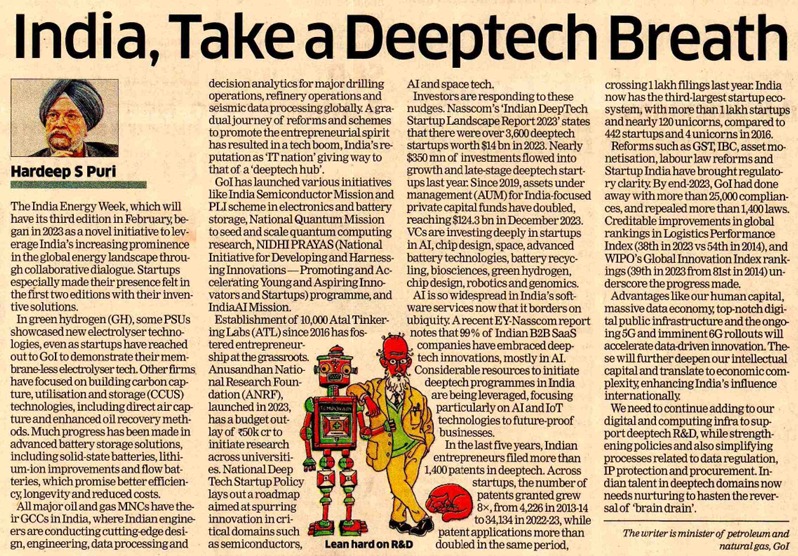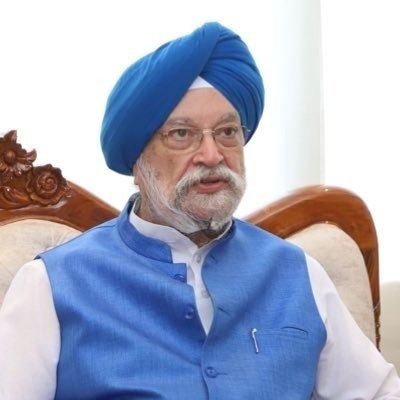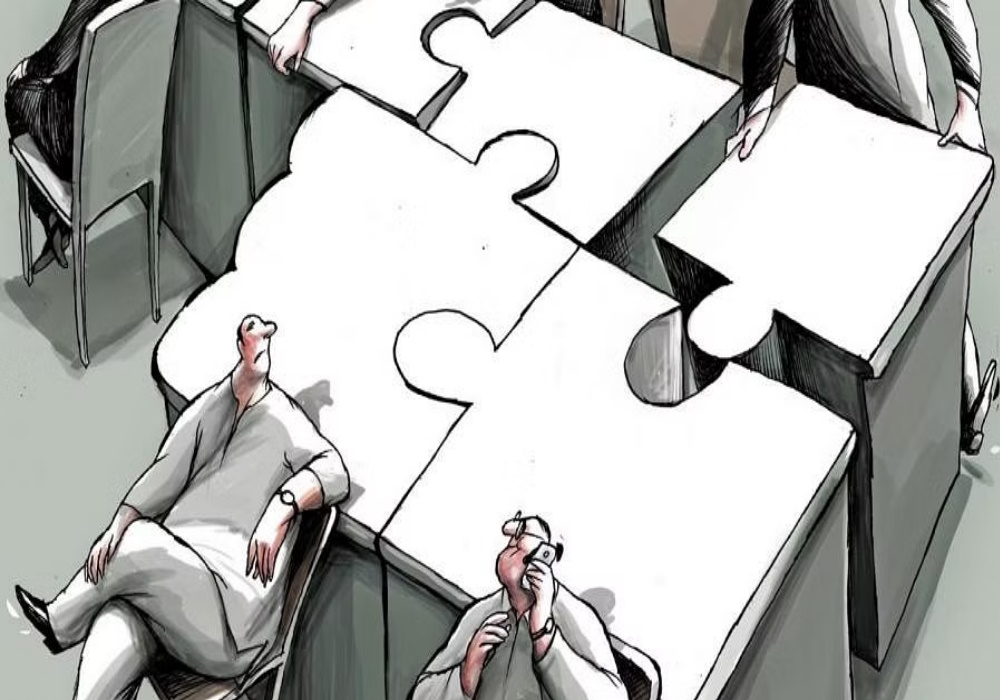As the world’s fastest-growing major economy with rising energy needs, India will account for approximately 25% of global energy demand growth between 2020-2040, as per BP energy outlook and IEA estimates.
Ensuring energy access, availability and affordability for our large population is an imperative. This makes our case ‘sui generis’ and has driven our energy strategy, now acknowledged the world over as being pragmatic and balanced.
How has India managed to do this?
When petrol and diesel prices went up by 35-40% in U.S., Canada, Spain and UK, and despite importing over 85% of its crude oil requirements and 55% of its natural gas requirements, prices of diesel in India have actually gone down in the last 1 year. When several countries in our neighbourhood have had dry outs and power cuts to manage demand, there has been no shortage of fuel anywhere in India, even during flood and natural calamity situations.
This was made possible due to the vision of the Hon’ble Prime Minister Modi ji for ensuring energy justice to our citizens. The Centre and many BJP ruled States announced massive cuts in excise duty and VAT rates, twice. Oil PSUs, being good corporate citizens, absorbed huge losses to ensure that the massive hikes in the prices of crude oil and natural gas in the international market were not passed on to Indian consumers. Subsidised APM Gas for city gas distribution sector was drastically increased even at the cost of cutting down the captive use of domestic gas by our own PSUs. We even imposed an export cess on petrol, diesel and ATF and windfall tax on domestically produced petroleum products to prevent refiners and producers from profiteering at the cost of domestic consumers.
Over the years, India has expanded its network of crude oil suppliers from 27 nations to 39 nations. India has also further strengthened its ties with countries like the United States(energy trade has gone up 13 times in last 4 years) and Russia to ensure reliable supply of crude oil. This strategic market card, as the world’s 3rd largest importer, not only ensured affordableenergy for Indian consumers but also had a calming effect on global petroleum markets.
What is inescapable is that India’s purchase of petroleum products from certain nations has actually kept the global demand and supply of around 98-100 million barrels/day balanced, thereby keeping oil prices in check for the global value chain. Had this not been done, global prices would have shot to 300$/barrel!
We are working on both the traditional fuels exploration as well as energy transition. Our reforms in making India an attractive E&P destination are reflected in the consulting firm Wood Mackenzie noting that India could be the licensing wildcard of 2023. By 2025, India wants to boost its net geographic area under exploration from 8% (0.25 million sq km) to 15% (0.5 million sq km) and has reduced the prohibited/no-go areas in our Exclusive Economic Zone (EEZ) by 99%, releasing nearly 1 million sq. km. for exploration.
However, as demonstrated by Modi Ji at Glasgow, we remain steadfast in our Climate Change commitments – becoming net-zero in emissions by 2070 and cutting down emission by 1 billion tons by the end of 2030.
We are also rapidly expanding our petrochemical production, in line with the massive increase in living standards and rapid urbanisation. India is a global exporter of petroleum products and its refining capacity is the fourth largest in the world after the United States, China, and Russia. Efforts are underway to further enhance this capacity to 450 MMT by 2040. The refining capacity expansion was also one of the major factors in ensuring fuel price stability during the international oil price volatilities seen in the last year.
India is also accelerating its efforts to move towards a gas-based economy by increasing the share of gas from the current 6.3% to 15% by 2030. India has connected more than 9.5 crore families with clean cooking fuel in the past nine years. PNG connections have increased from 22.28 lakh in 2014 to over 1 crore in 2023. The number of CNG stations in India has gone up from 938 in 2014 to 4900 in 2023. Since 2014, India has increased the length of its gas pipeline network from 14,700 kms to 22,000 kms in 2023.
At the recently concluded India Energy Week 2023, India took a giant stride in her biofuel revolution by launching E20, i.e., 20% ethanol blended gasoline by the Hon’ble Prime Minister, which will be rolled out in 15 cities and expanded across the country in the next two years. India’s ethanol blending gasoline has grown from just 1.53% in 2013-14 to 10.17% in 2023, and now India is also setting up five 2nd generation ethanol which can convert agricultural waste into Biofuel, further reducing pollution due to stubble burning and generating income for farmers.
National Green Hydrogen Mission has been launched with an outlay of Rs. 19,744 crores to develop the entire green hydrogen ecosystem in the country & accelerate India’s efforts towards 4 MT of annual Green Hydrogen production & Rs. 1 lakh crore of cumulative fossil fuel import savings by 2030. India is poised to realize its full potential to create Green Hydrogen ecosystem by 2030.
Just like our energy strategy, we are also taking an integrated path for transitioning India’s future mobility pathwys. Therefore, along with Green Hydrogen and Biofuels, India is also supporting Electric Vehicles through a Production Linked Incentive scheme to make advanced chemistry cells of 50 Gigawatt hours and have announced Viability Gap Funding and customs duty exemptions for the sector. We are targeting the installation of Alternate Fuel Stations (EV charging/ CNG/ LPG/ LNG/ CBG etc.) at 22,000 Retail Outlets by May 2024.
As we grow to become a USD 26 trillion economy by our Amrit Kaal target of 2047, we are implementing a unique strategy for ensuring energy security and achieving energy independence, inspired by the vision of the Hon’ble Prime Minister Modi Ji.

The India Energy Week, which will have its third edition in February, be- gan in 2023 as a novel initiative to lev- erage India's ...

Unprecedented measures have been taken in the last 10 years to improve the welfare of the Sikh community and redress long-standing...

Several initiatives by the government have ensured that citizens do not bear the brunt of price increases. Naysayers want to ignor...

A pragmatic and balanced strategy has helped India to keep prices of petrol, diesel and gas under check....

DOMINANT narratives are often presented as an objective truth. ...

There is talk brewing once again of a grand political alliance in 2024 against the Modi government. ...

As the world’s fastest-growing major economy with rising energy needs, India will account for approximately 25% of global energy...

As the world’s fastest-growing major economy with rising energy needs, India will account for approximately 25 per cent of the g...

The inaugural event of the Urban 20 Engagement Group was held in Ahmedabad on February 9-10, 2023....